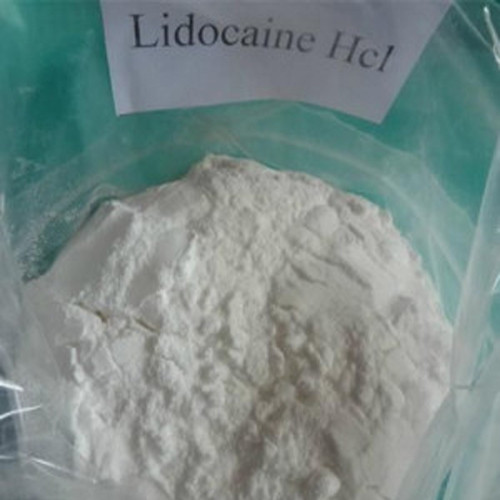| Message: | Product Name: Lidocaine HCl
Alias: Lidocaine Hydrochloride
CAS: 73-78-9
EINECS: 200-803-8
MF: C14H23ClN2O
MW: 270.8
Melting Point: 80-82℃
Grade: Pharmaceutical Grade
Appearance: White Crystalline Powder
Usage: To enhance the growing of man genitals, local anesthetic;anti-arrhythmia agent
Description
Lidocaine, as a local anesthetic, is characterized by a rapid onset of action and intermediate duration of efficacy. Therefore, lidocaine is suitable for infiltration, block and surface anesthesia. Longer-acting substances such as bupivacaine are sometimes given preference for subdural and epidural anesthesias. lidocaine, on the other hand, has the advantage of a rapid onset of action. It can stop Epinephrine (aka adrenaline) vasoconstricts arteries form bleeding, and it can also delays the resorption of lidocaine, almost doubling the duration of anaesthesia. For surface anesthesia several formulations are available that can be used e.g. for endoscopies, before intubations etc. Buffering the pH of lidocaine makes local freezing less painful. Lidocaine drops can be used on the eyes for short ophthalmic procedures.
Applications
Topical lidocaine has been shown in some patients to relieve the pain of postherpetic neuralgia (a complication of shingles), though there is not enough study evidence to recommend it as a first-line treatment. IV lidocaine also has uses as a temporary fix for tinnitus. Although not completely curing the disorder, it has been shown to reduce the effects by around two thirds.
|
 my account
my account
 log out
log out
 my account
my account
 log out
log out
